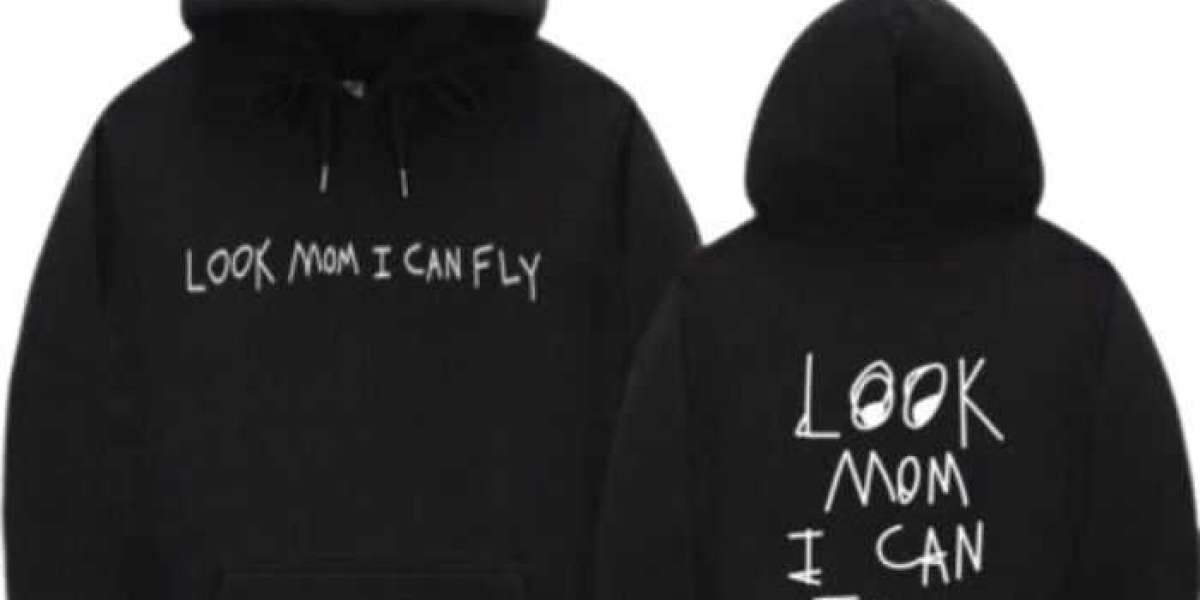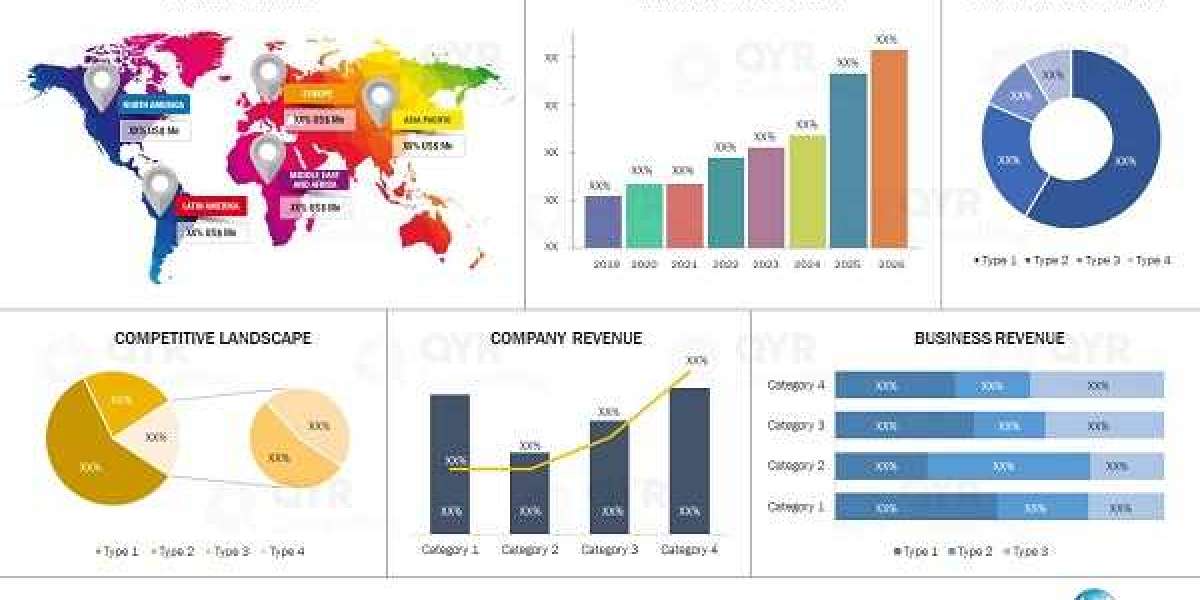What started as simple concert tees and hoodies has evolved into an unstoppable fashion phenomenon. Travis Scott merch commands attention on social feeds, runway shows, and resale platforms alike. But how did a rapper’s tour apparel transcend the typical “artist merch” label to become a bona fide streetwear movement? Let’s explore the ingredients behind this cultural takeover—from strategic drops to community-driven hype, graphic innovation, and boundary-blurring collaborations.
From Tour Swag to Cultural Currency
In the early 2010s, most artists treated merch as a side hustle: cheap tees, run-of-the-mill designs, sold at venue stands. Travis’s approach upended that model:
Premium Quality: Instead of basic cotton blends, his early hoodies and tees featured heavy-weight fabrics with soft finishes, elevating them above standard tour giveaways.
Thoughtful Packaging: Rather than tossing items into plastic bags, he introduced branded boxes and custom tissue paper—small touches that hinted at a luxury experience.
Album-Driven Themes: Each merch line is tied directly to the album’s narrative, whether the twisted carnival of Astroworld or the neon-lit landscapes of Utopia.
By treating Travis Scott merch as collectible art rather than throwaway swag, Travis laid the foundation for a movement where fans saw true, tangible value and were willing to pay for it.
Cactus Jack: More Than a Logo
Central to this shift was the adoption of Cactus Jack—Travis Scott’s personal imprint—across everything he touched:
A Unifying Icon: Its jagged lettering and spiky silhouette appear on tees, hoodies, hats, sneakers, and even hardware (think branded skate decks).
A Language of Exclusivity: Wearing Cactus Jack gear signaled insider status—“you get it,” as opposed to casual fandom.
An Open Invitation: Despite its exclusivity, the design language remained approachable: bold but not elitist, allowing fans worldwide to join the club.
By weaving Cactus Jack into every release, Travis created a cohesive identity that straddled music, art, and fashion.
Mastering Drop Culture
Streetwear’s “drop” model was pioneered by brands like Supreme and Bape. Travis harnessed that energy, fusing it with album release tactics:
Synchronized Launches: Album announcements and merch drops occurred on the same day, creating a multimedia event.
Limited Windows: Drops typically lasted 24–48 hours, spurring frantic fan activity and social-media buzz.
Surprise Mini-Drops: Interstitial releases—often without warning—kept audiences checking his channels constantly.
This drip-feed of high-quality, limited-edition pieces turned each merch release into a cultural moment, complete with countdowns, livestream unboxings, and sold-out notifications flooding every feed.
Iconic Collaborations That Shook Up Multiple Industries
Beyond solo drops, Travis’s biggest splash came from high-profile partnerships that stretched across food, gaming, and high fashion:
McDonald’s x Travis Scott (2020):
A global meal collab complete with branded packaging, digital ads, and an exclusive red-and-yellow merch capsule.
Hoodies, tees, and bucket hats echoing McDonald’s palette—items that sold out in hours.
Nike Jordan Brand:
The Air Force 1 “Cactus Jack” with rugged leather and glow-in-the-dark accents.
The Jordan 1 “Reverse Swoosh” featuring Travis’s signature backward swoosh.
PlayStation Fortnite:
Limited tees nodding to PlayStation’s iconic controller icons.
In-game skins sold alongside IRL hoodies, blurring digital and physical wardrobes.
High-Fashion Houses:
Capsule collections with avant-garde labels, showcasing embroidered crests and premium materials.
Each collab extended Travis’s reach into new audiences—fast-food loyalists, sneakerheads, gamers, and couture enthusiasts—while reinforcing that his merch was not “just” music merch, but a cultural touchpoint.
A Signature Aesthetic: Graphics, Color, and Craftsmanship
At the heart of the movement lies an unmistakable visual language:
Bold Graphics: From distorted smiley faces and skeletal hands to roller-coaster silhouettes and cryptic slogans, his prints feel like pages ripped from a psychedelic comic.
Carefully Curated Palettes: Astroworld merch favored dark, moody hues—charcoals, deep burgundies, muted golds—while Utopia ushered in pastels and metallic accents for a more optimistic vibe.
Artisanal Details: Embroidered patches, metallic-foil ink, custom lace tags, and hand-distressing techniques elevated garments into artisanal objects.
This attention to visual storytelling made each drop feel like an exhibition, not just another T-shirt.
Building a Fan-Powered Hype Machine
Travis Scott’s most powerful marketing engine is the community itself:
Social Media Teasers: Cryptic posts—blurred images, audio snippets, single words—send fans into speculation overdrive.
Influencer Amplification: Early access gifted to top streetwear bloggers and celebrities ensures unboxing videos hit thousands of followers instantly.
Fan Creations: Reddit threads analyze every logo tweak; TikTok creators show custom dyeing and distressing hacks; Discord groups coordinate proxy orders for overseas releases.
This grassroots machinery perpetuates buzz long after official drops end, transforming fans into passionate evangelists.
Resale Market: Turning Supply into Cultural Capital
Once merch sells out, it doesn’t vanish—it reemerges on resale platforms, where prices often double or triple:
StockX Grailed: Track real-time price data, authenticate items, and cater to high-end collectors.
eBay Depop: Offer more accessible resale options, fostering a broader secondary market.
Collector Communities: Private forums and Telegram channels where members trade limited-run pieces like trading cards.
The thriving after-market cements Travis Scott merch as a form of cultural currency—worth hoarding, showcasing, and even flipping for profit.
Crossing Over into High Fashion
As streetwear and couture continue to collide, Travis’s merch has found its way onto runways and in editorials:
Stylist Pairings: Astroworld hoodies layered under tailored blazers for fashion-week street style.
Editorial Features: His Nike collabs and bucket hats photographed in Vogue, GQ, and Hypebeast articles.
Luxury Integrations: Early previews at Paris Men’s Fashion Week, where luxury brands acknowledged the influence of Cactus Jack’s aesthetic.
When high-fashion gatekeepers embrace a rapper’s merch line, it signifies a full-blown cultural movement.
Lessons for Artists and Brands
Travis Scott’s path offers a blueprint for turning simple merch into a movement:
Craft a Cohesive Identity: Develop a signature logo or theme (like Cactus Jack) that threads through every release.
Invest in Quality: Use premium materials and finishes to convey value beyond mere branding.
Leverage Drop Culture: Time-limited, surprise releases fuel urgency and social-media chatter.
Partner Creatively: Collaborations should feel like cultural events, not just co-branded products.
Nurture Community: Treat fans as collaborators—share teasers, invite feedback, amplify fan-made content.
By blending these elements, any creative can elevate apparel from promo pieces into cultural artifacts. travisofficialshop.com
The Lasting Impact
Today, Travis Scott merch sits at the intersection of music, art, and fashion—a testament to the power of strategic storytelling and community engagement. It has:
Redefined Artist Merch: No longer confined to tour venues, it commands global attention.
Influenced Streetwear: Other artists and brands now chase the same drop-driven model.
Bridged Industries: From fast food to gaming to high couture, merch has become a universal language.
Through bold design, scarcity tactics, audience co-creation, and smart partnerships, Travis Scott didn’t just sell more hoodies—he reshaped how we think about merch altogether. And in doing so, he turned it into a full-fledged fashion movement.











